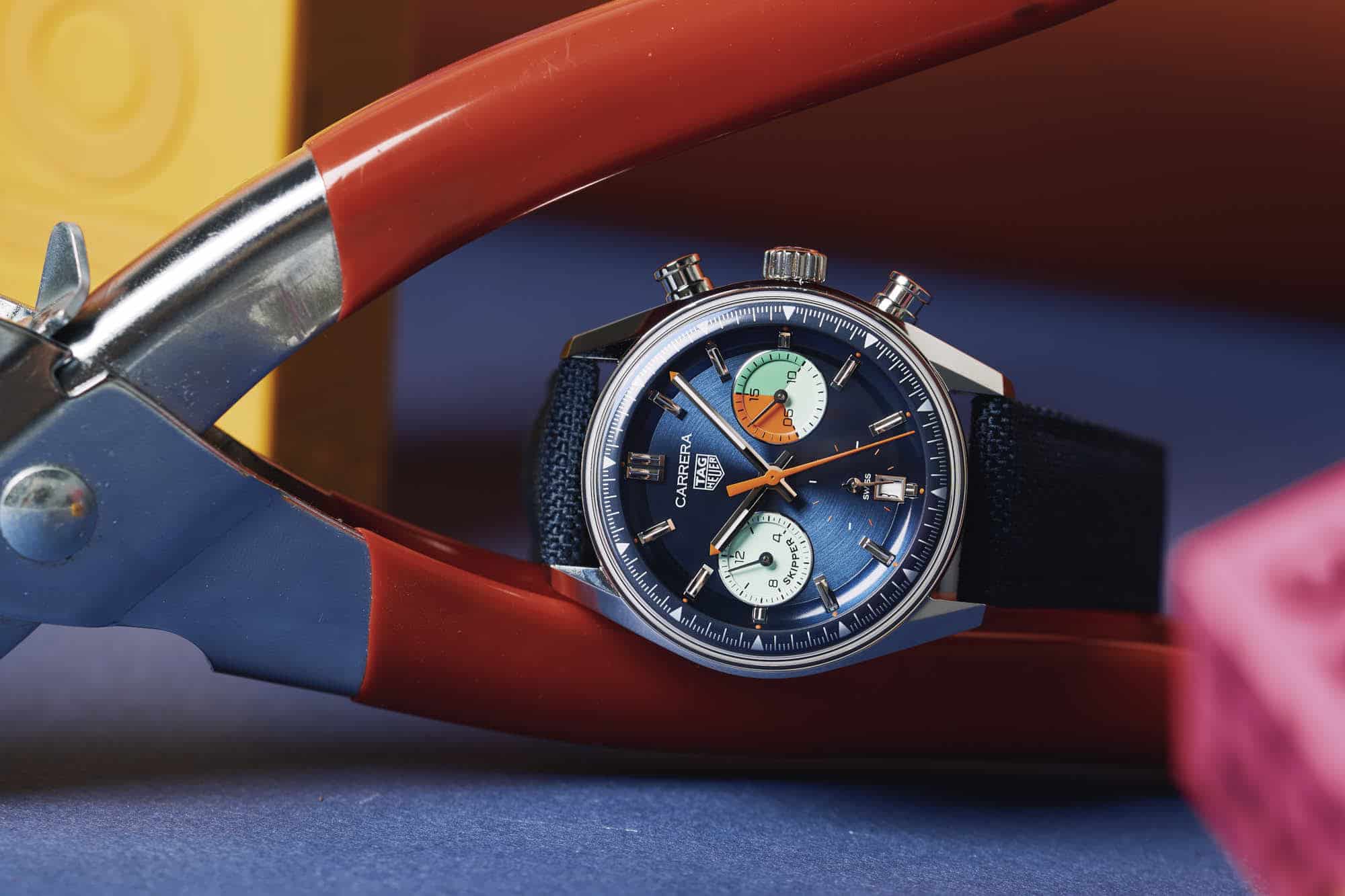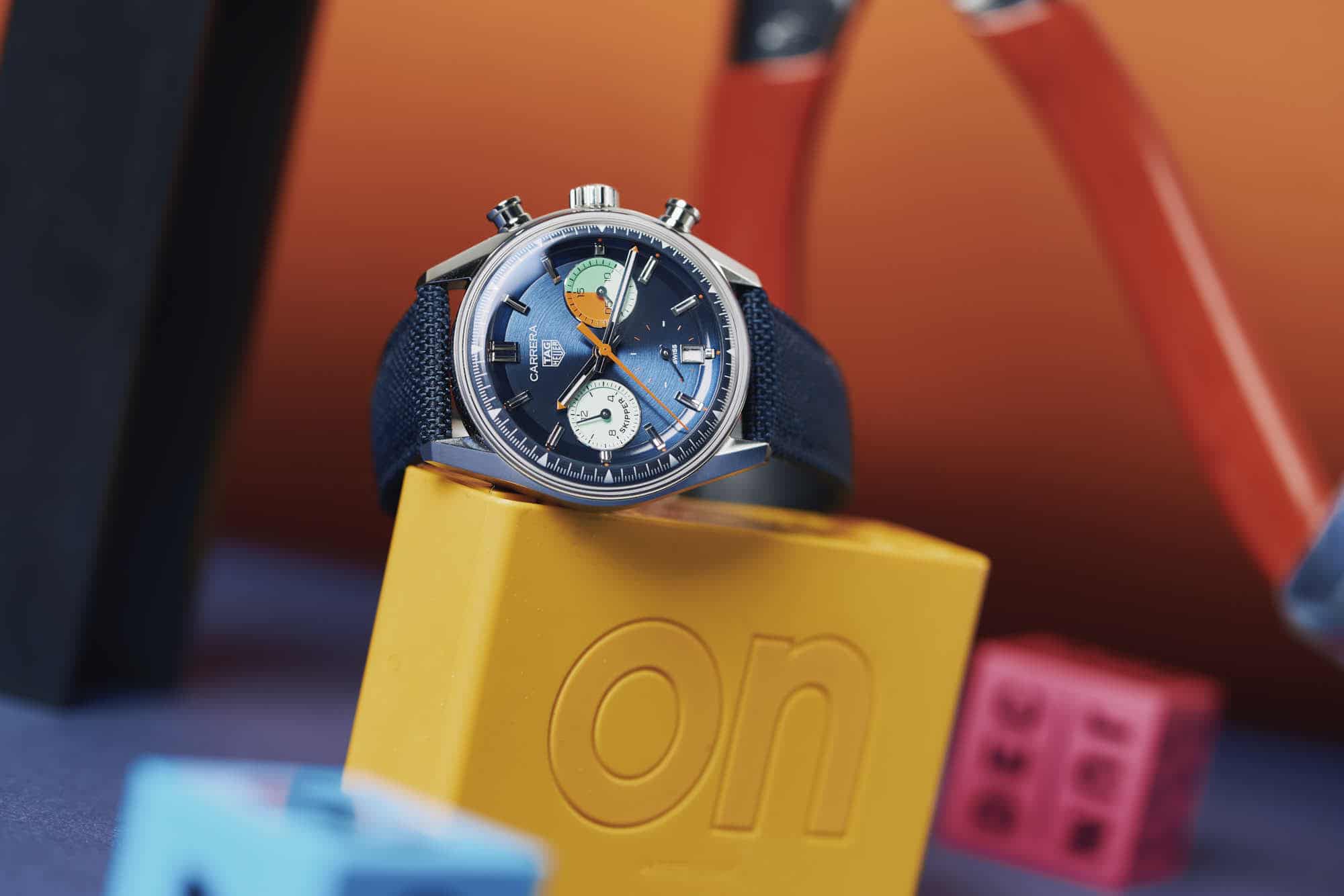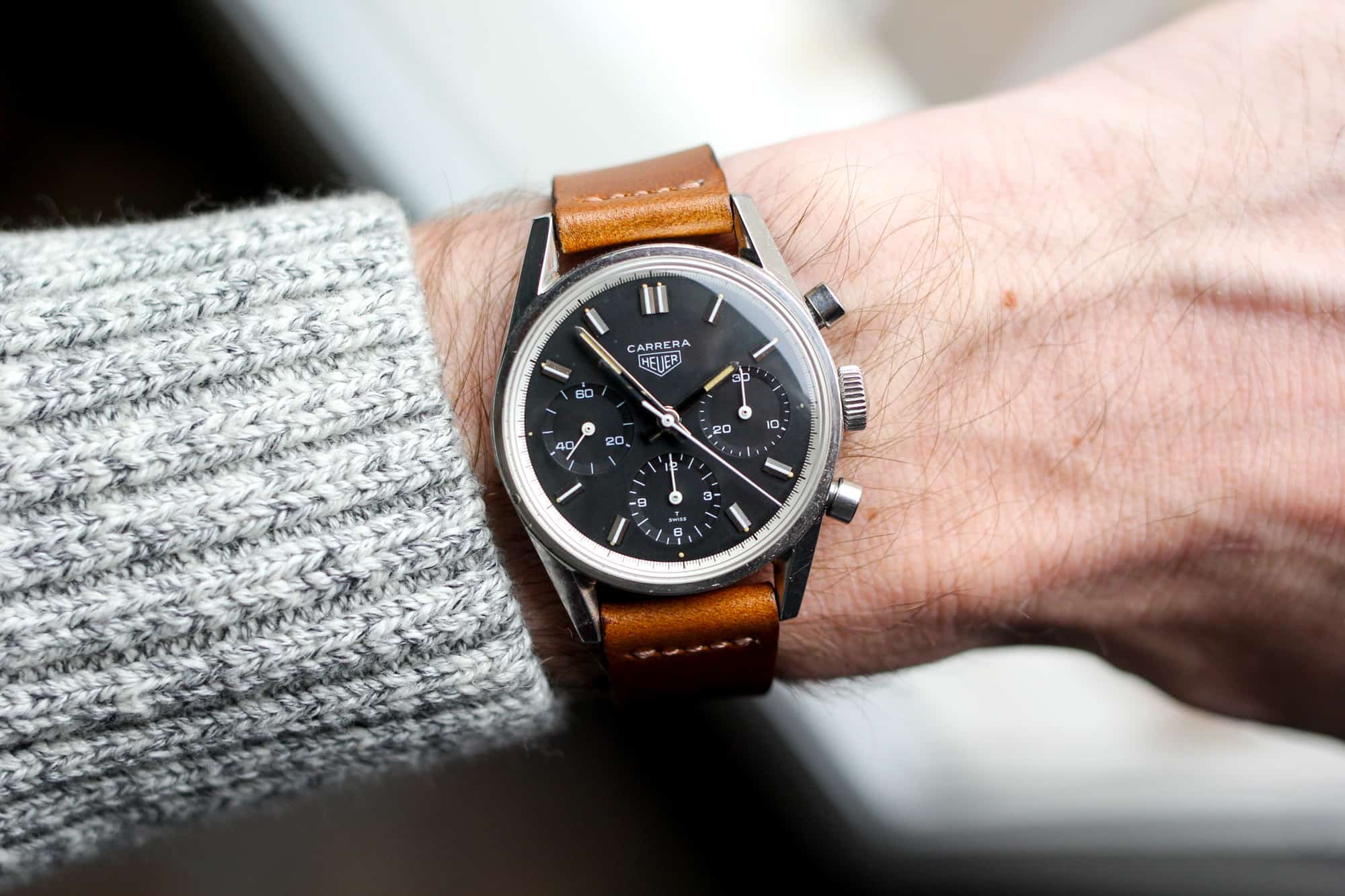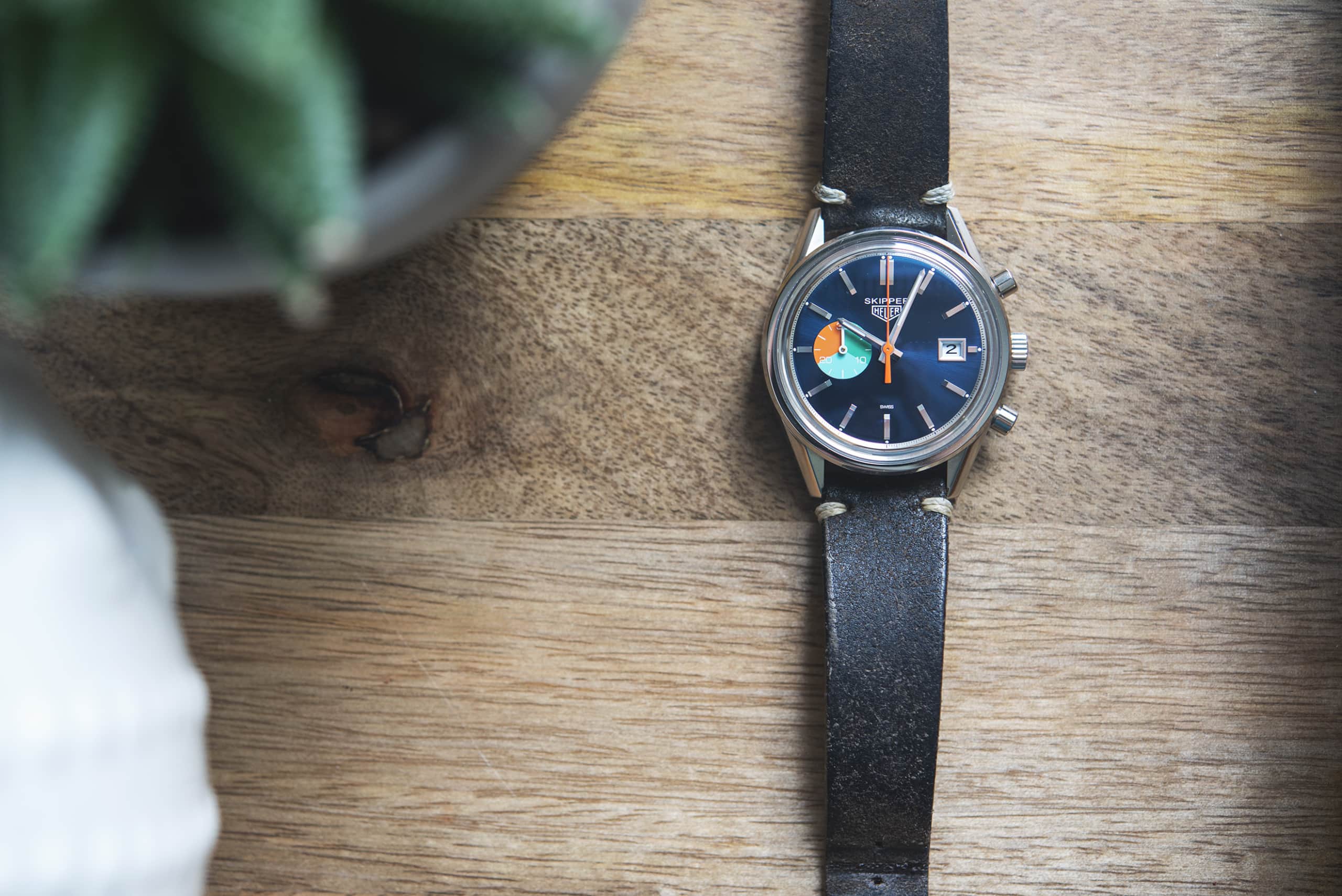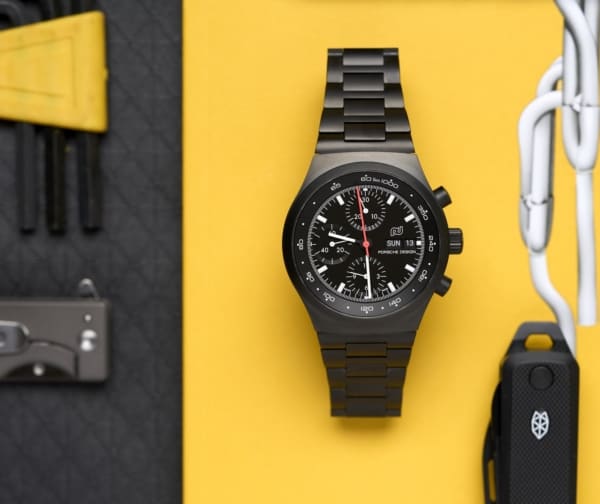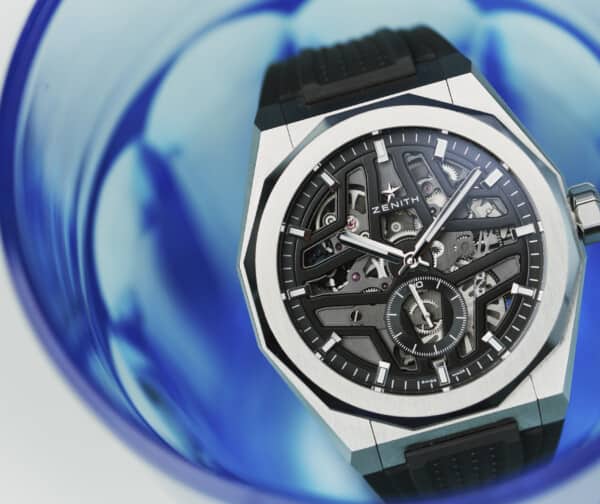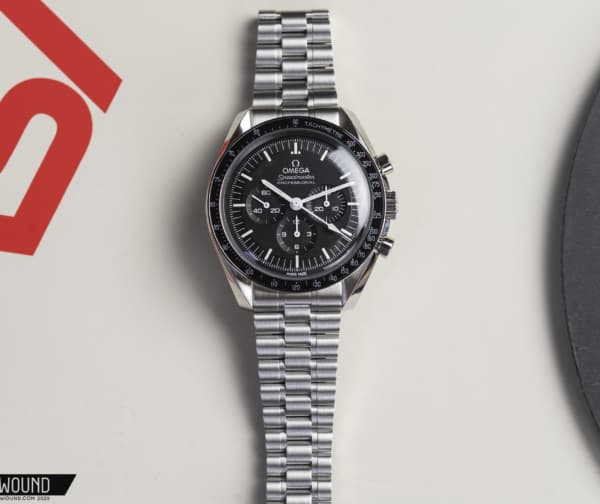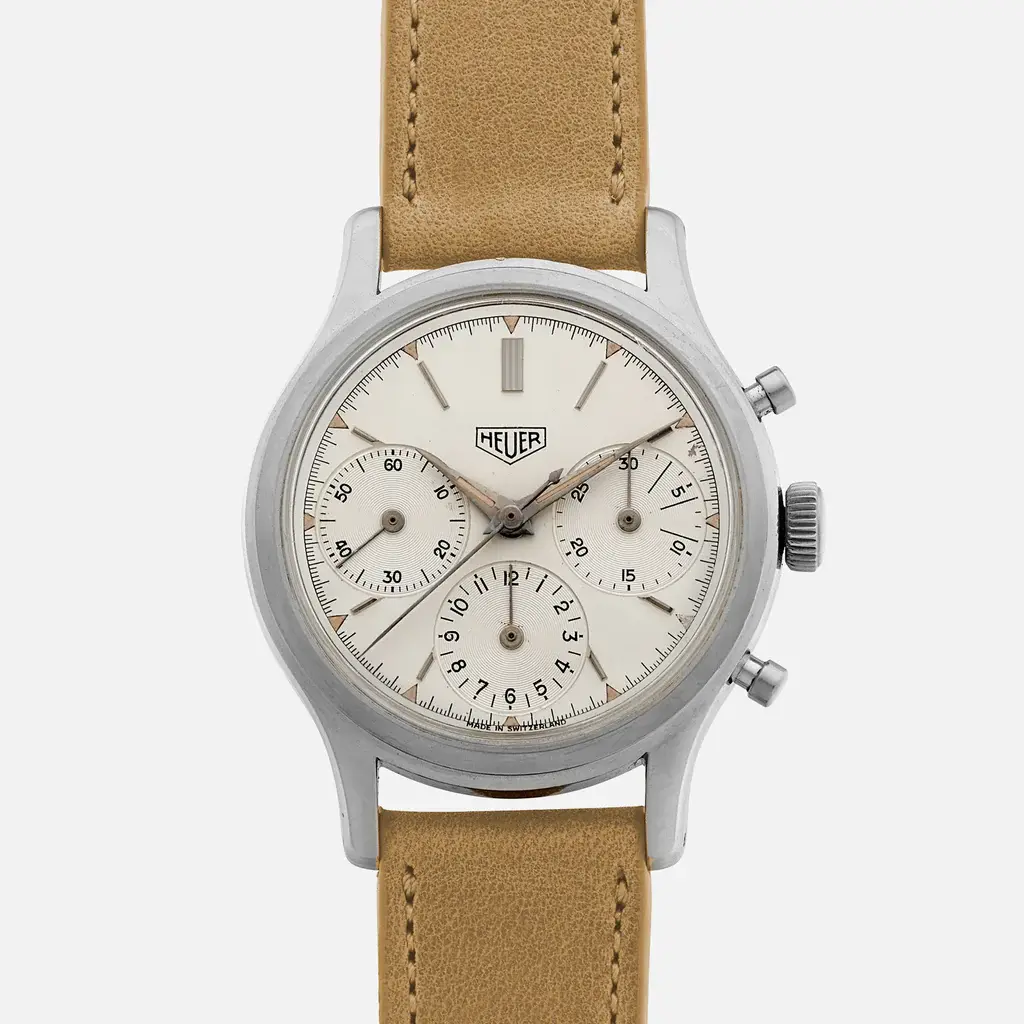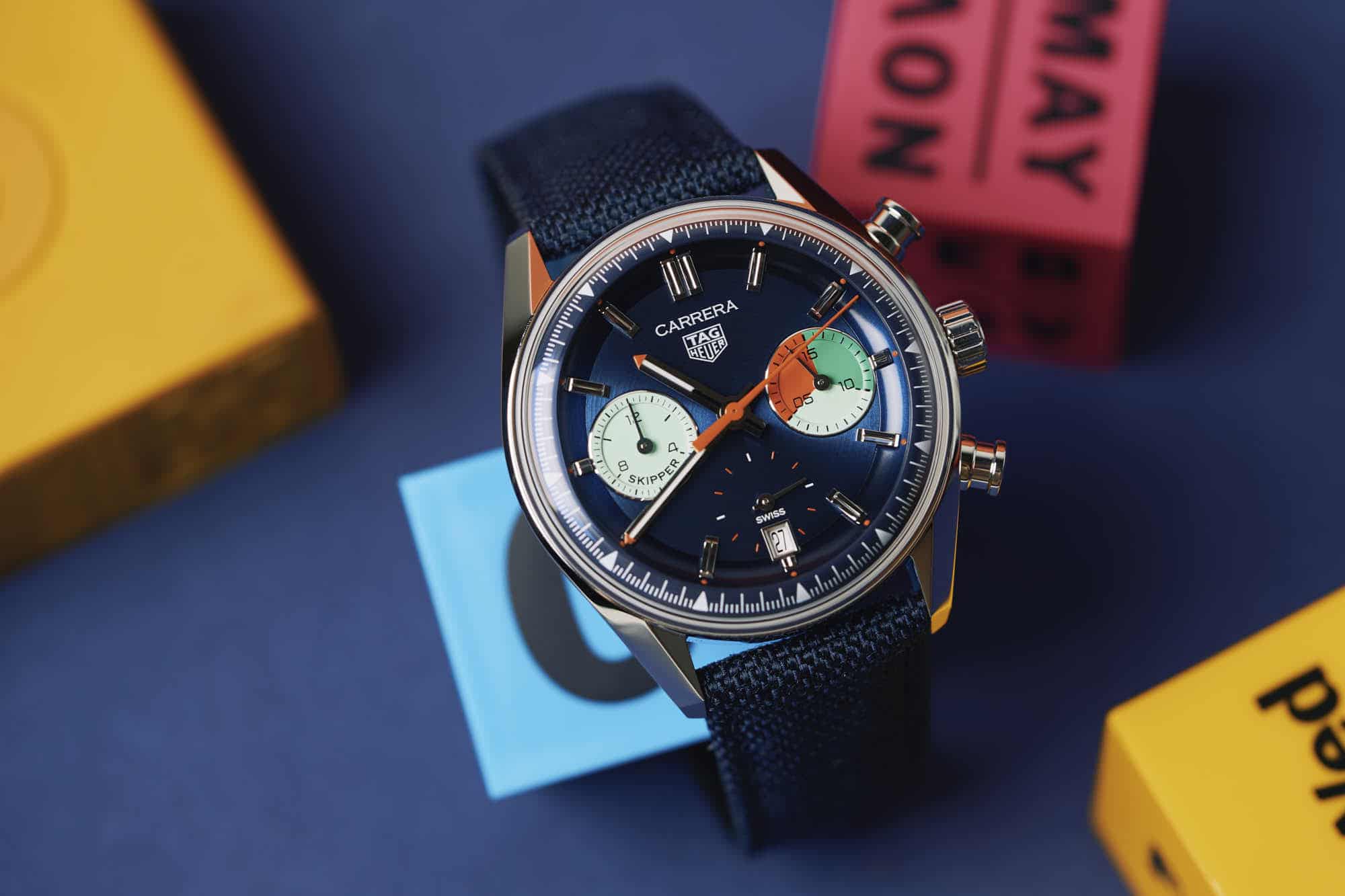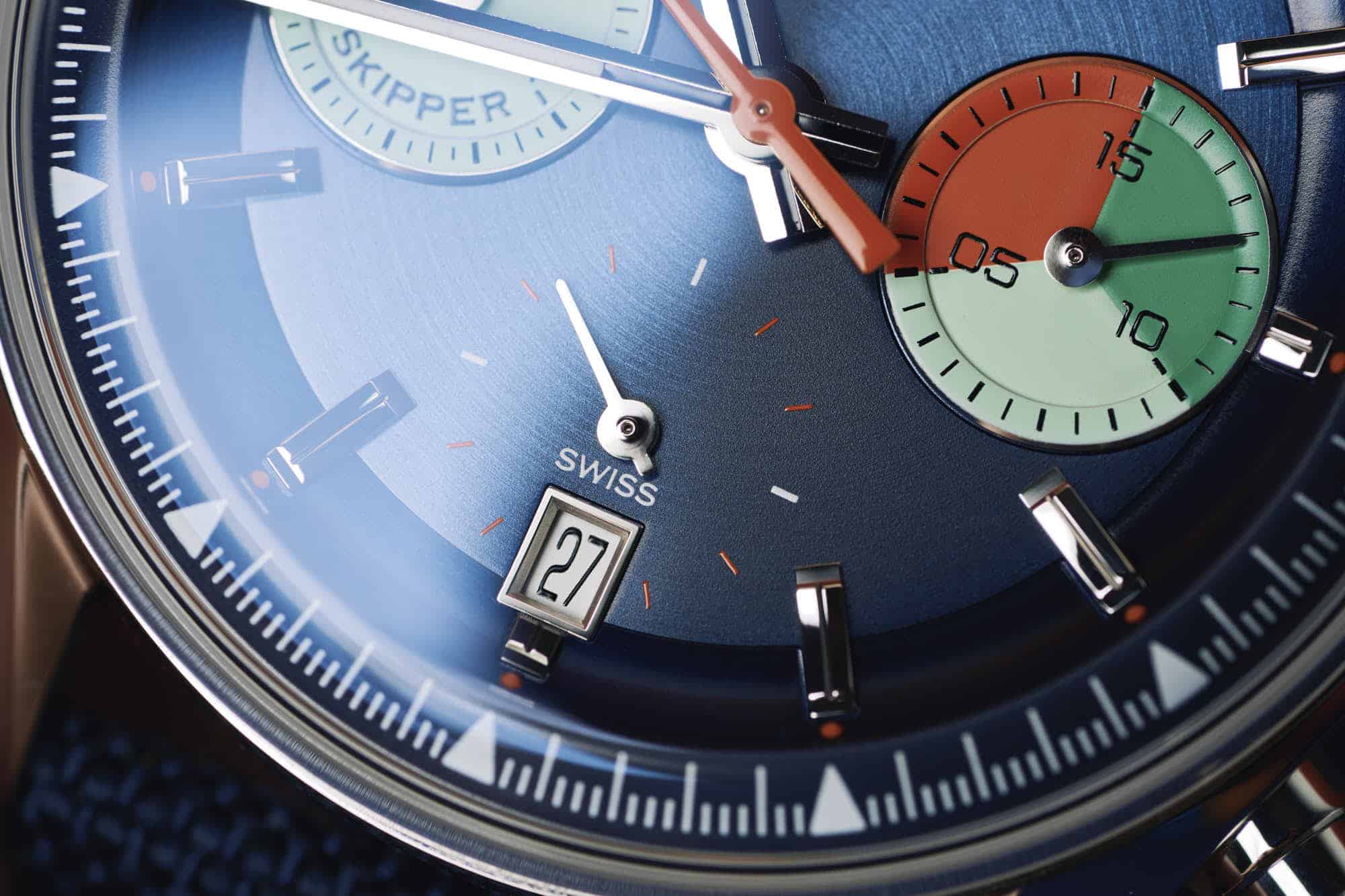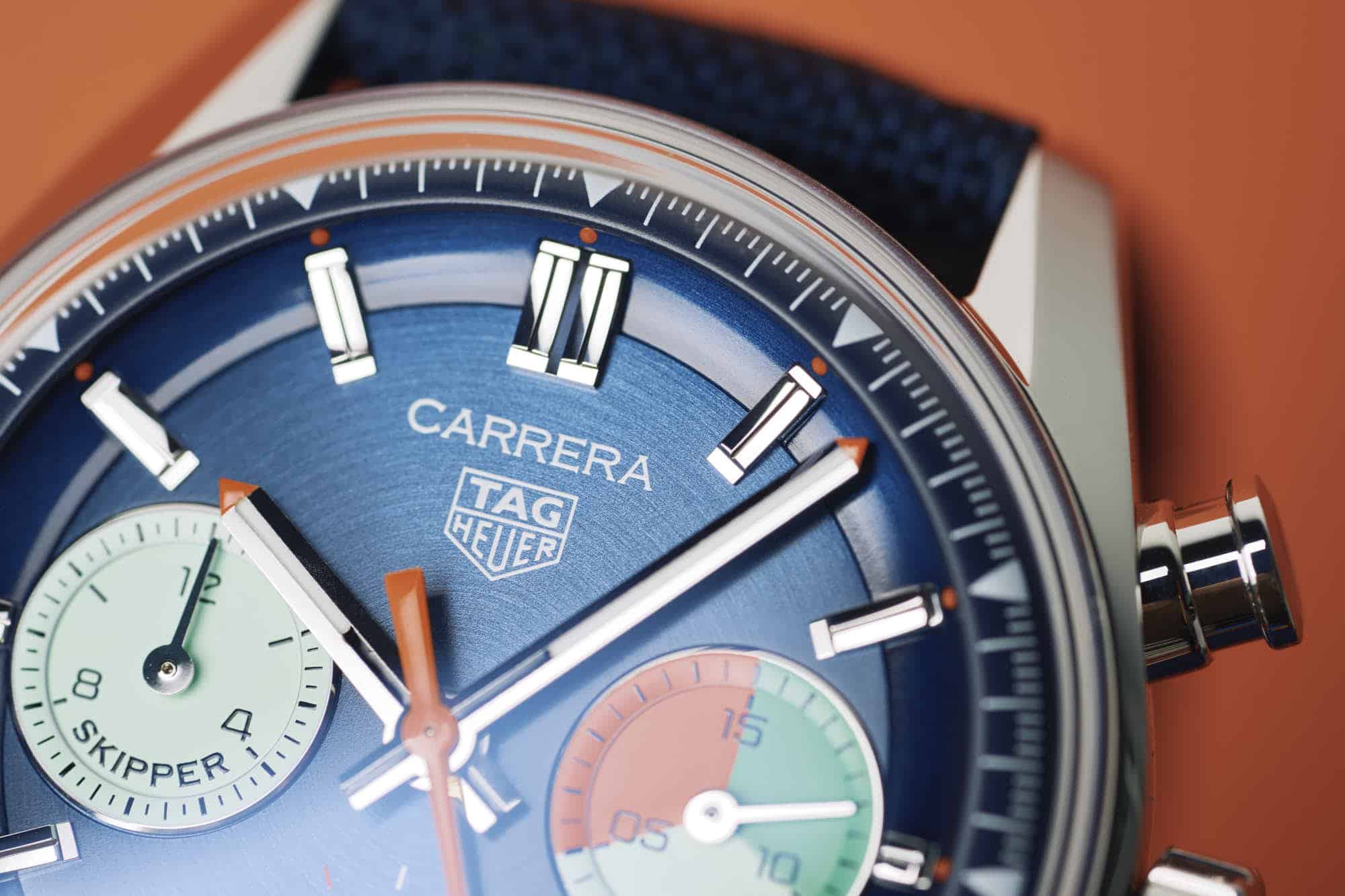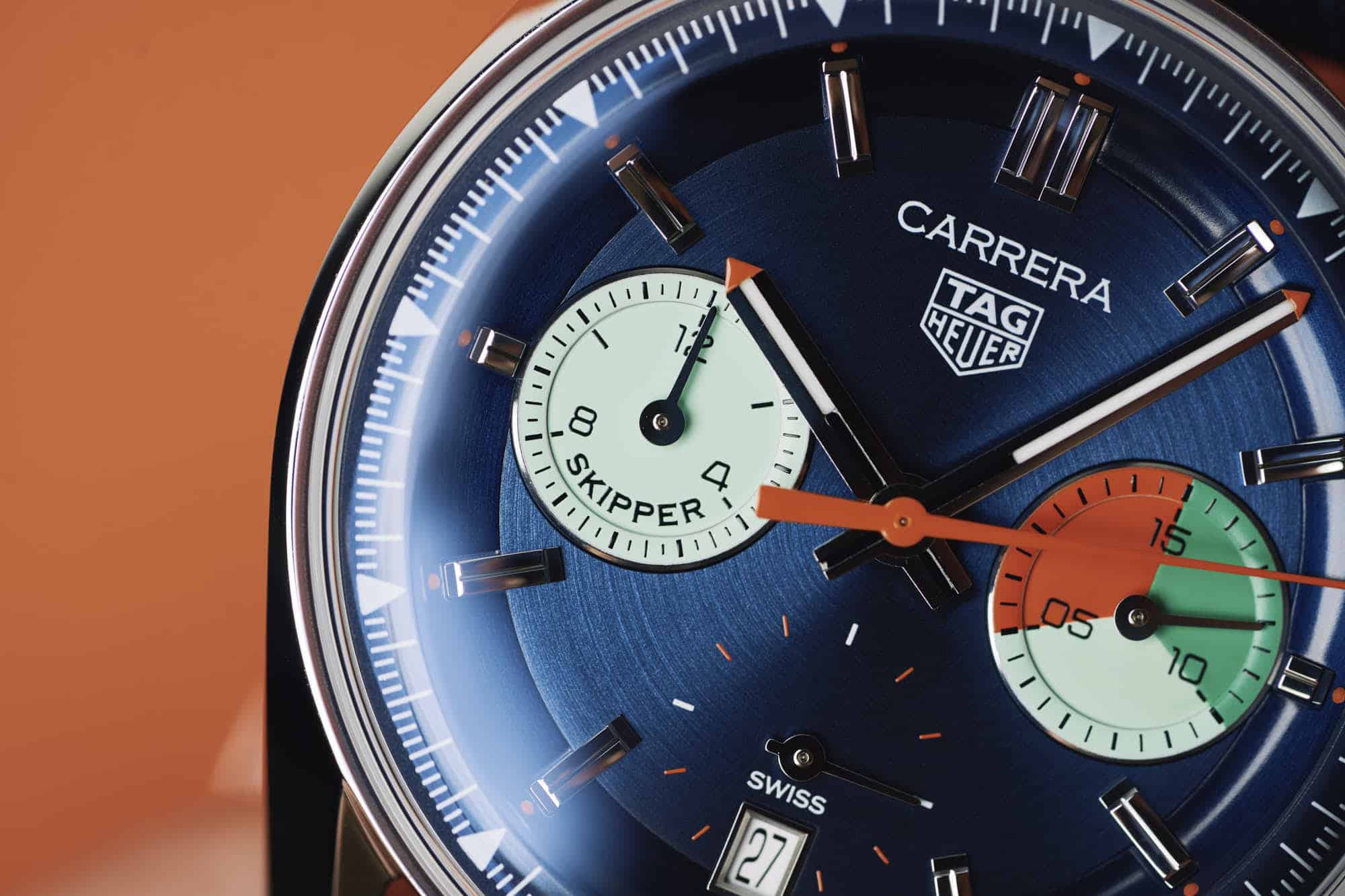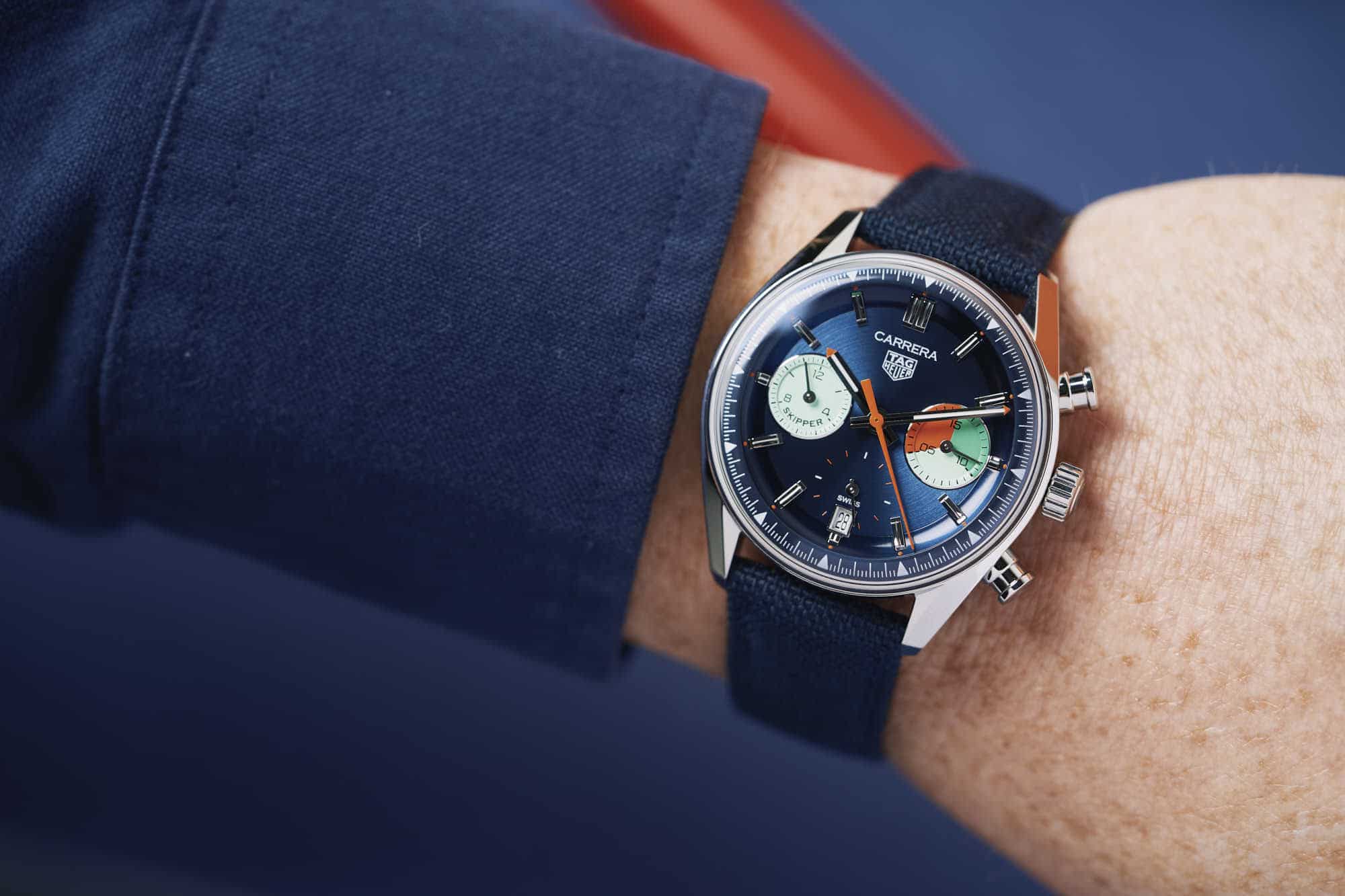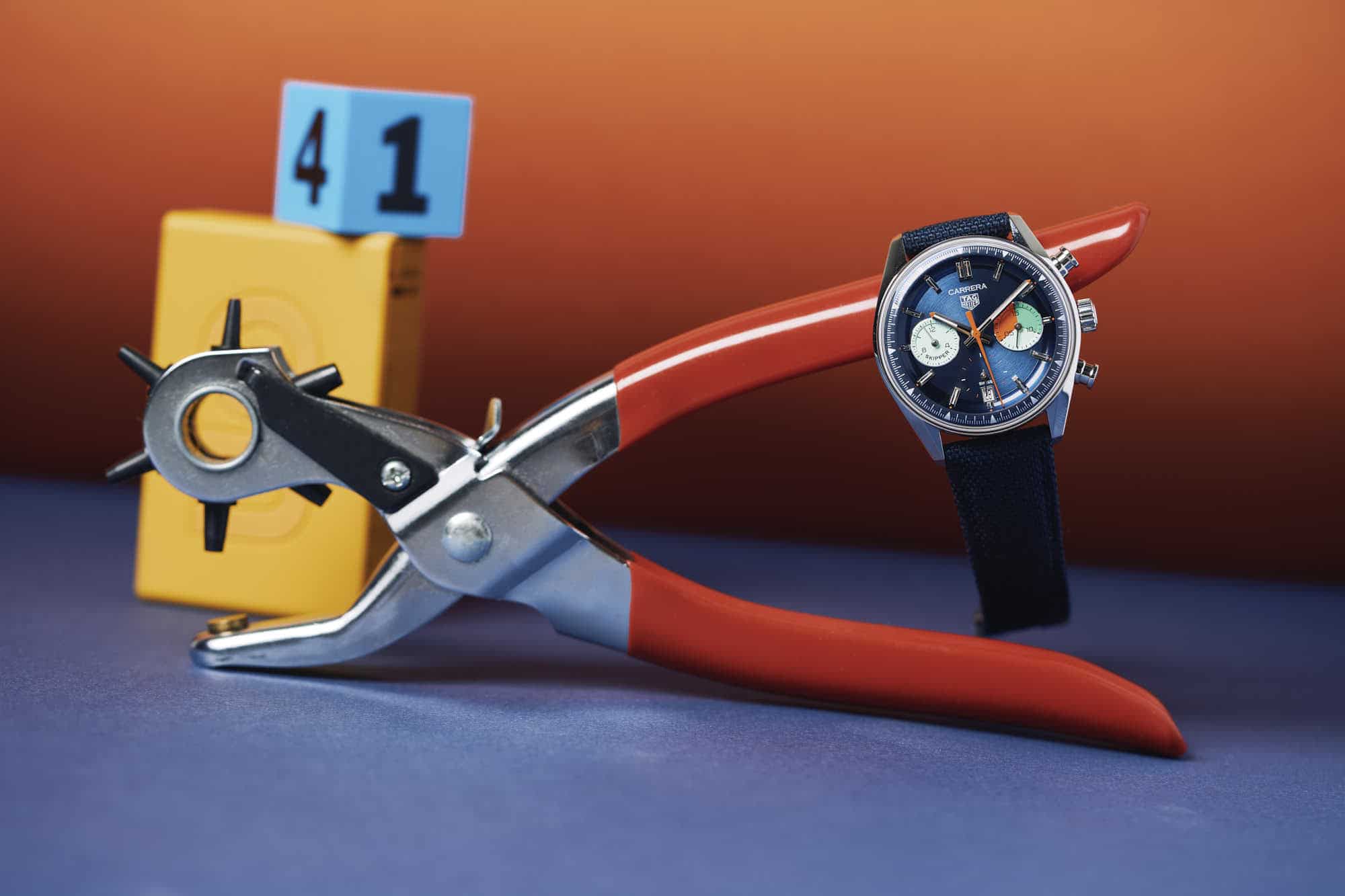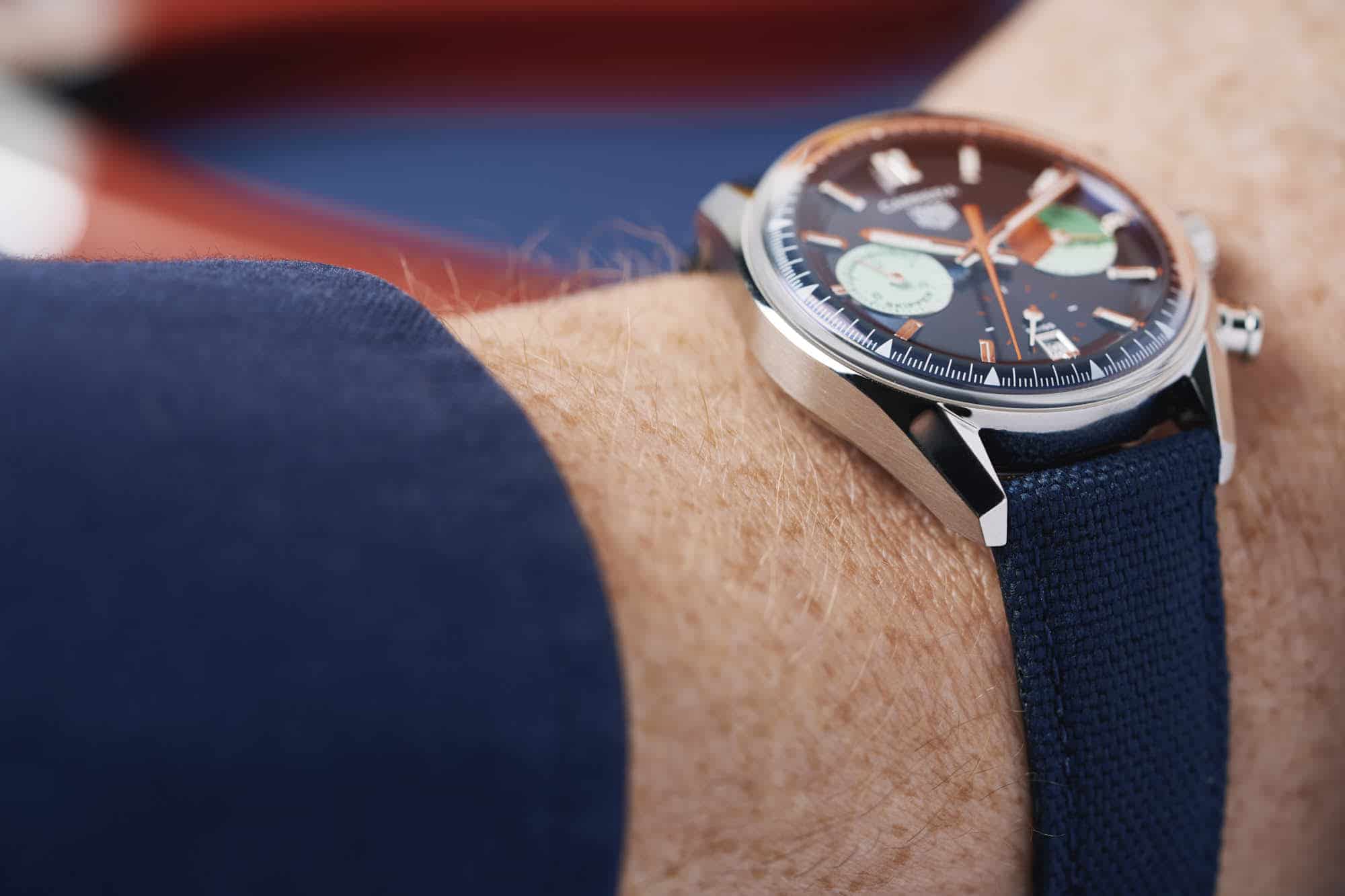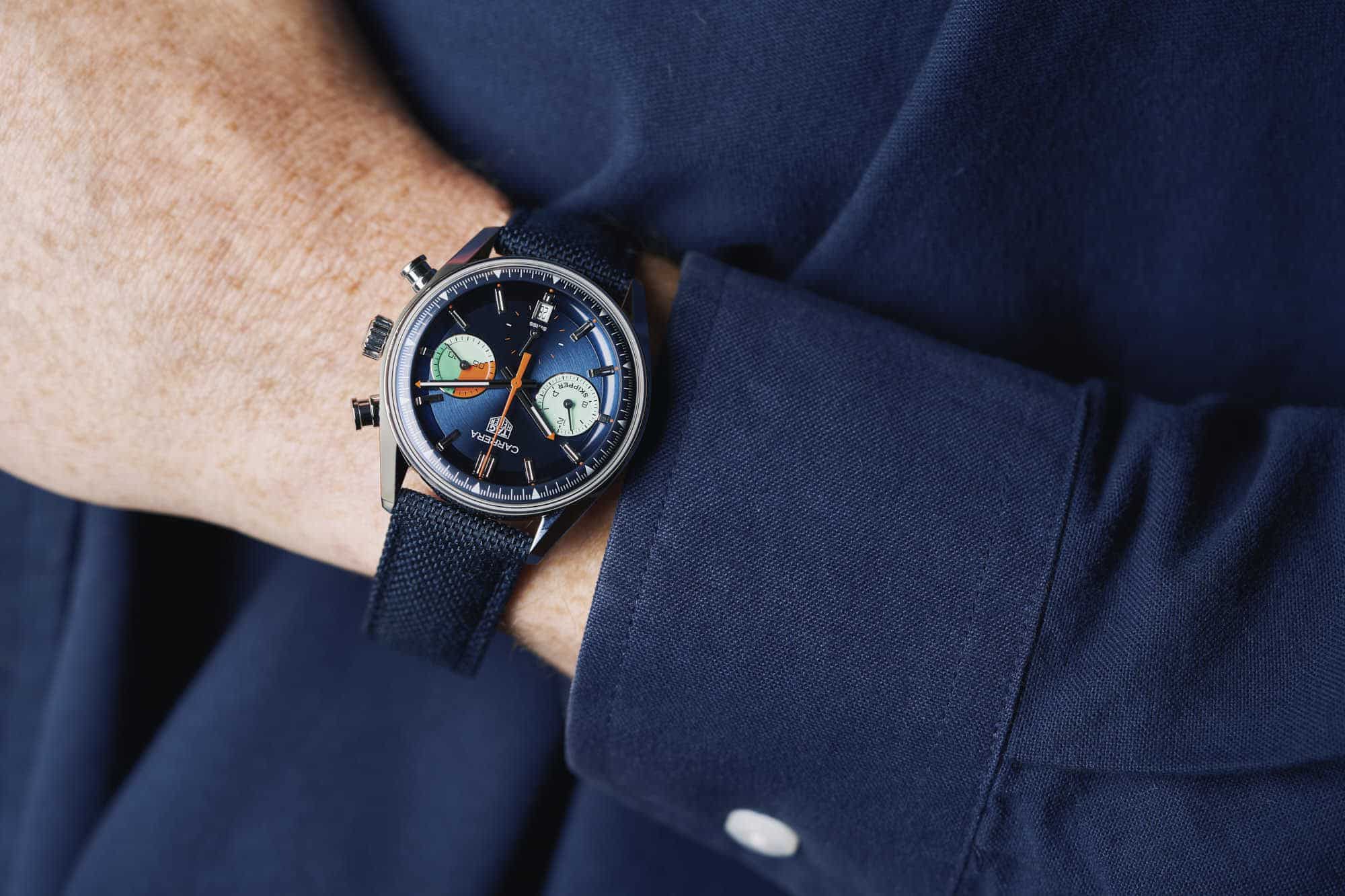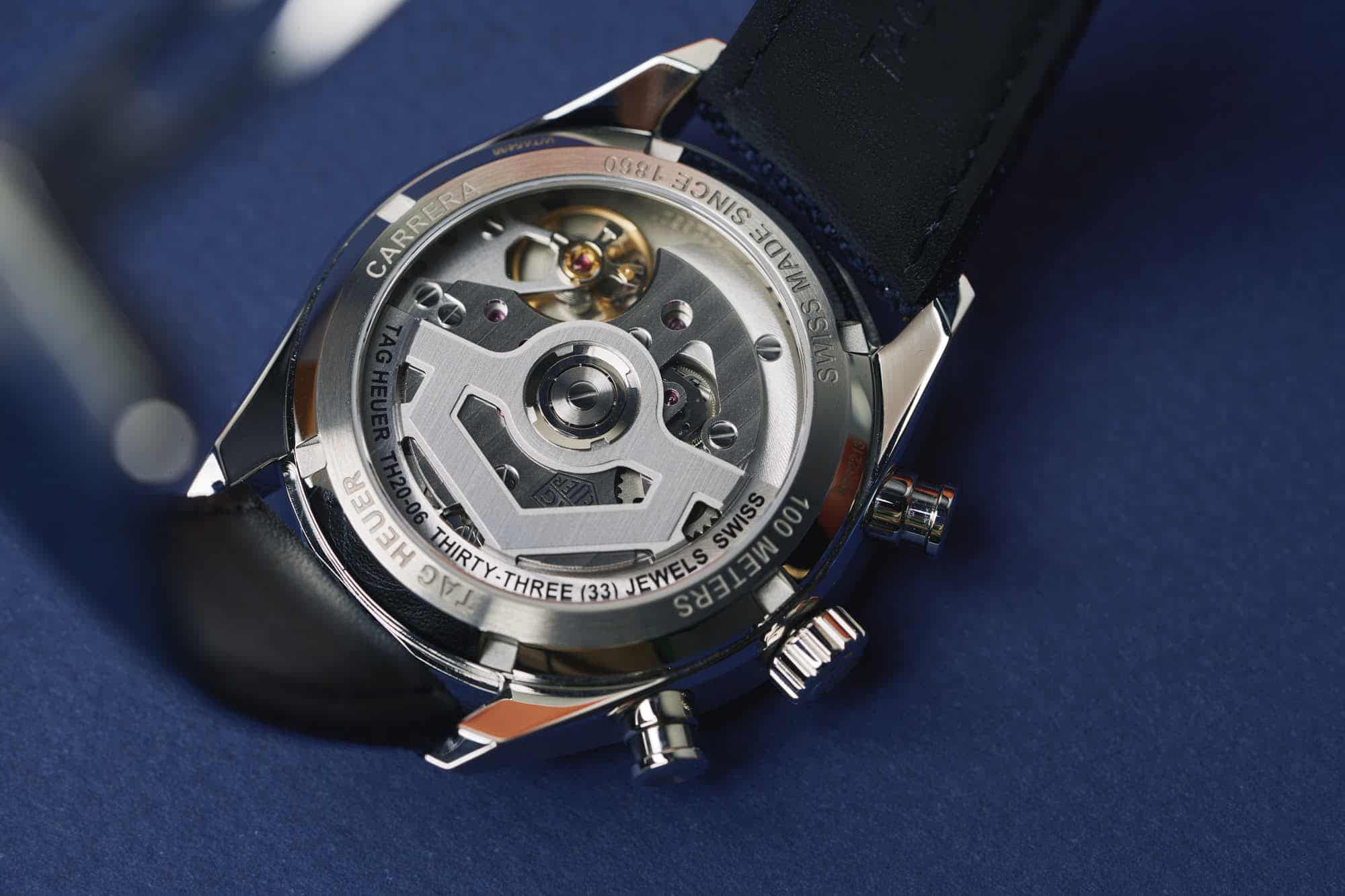TAG Heuer’s iconic racing chronograph, the Carrera, is celebrating its 60th anniversary this year, and is taking full advantage of the opportunity to revamp parts of the collection and introduce some special editions along the way. Earlier this year we saw the release of a new ‘glassbox’ style 39mm Carrera released, within a collection of 5 new references. But there was another one waiting in the wings, which finally saw release last month, a new Skipper Carrera which brings the now familiar colorway to the slick modern chassis. It works just as well as you might expect, and best of all, it joins the collection as a regular production model. It is through this watch that we’ll be taking a closer look at the new Carrera collection as a whole, with special attention to the unique details that make the Skipper, well, the Skipper.
The new Carrera represents the second generation of the modern 39mm glassbox design, which was first launched in 2015 with the Caliber 18 Telemeter. There have been 8 separate, limited edition variations on that original glassbox design in the intervening years, and this new generation marks the first time that it will see full, non-limited production since that initial example back in 2015. This style of crystal, which domes sharply at the edge of the case, is meant to mimic the original plastic crystal of early Carrera watches of the ‘60s. It wasn’t without fault, however, and the latest generation brings a creative solution to the table that plays no small part in defining this new generation of the Carrera.









 Featured Videos
Featured Videos




